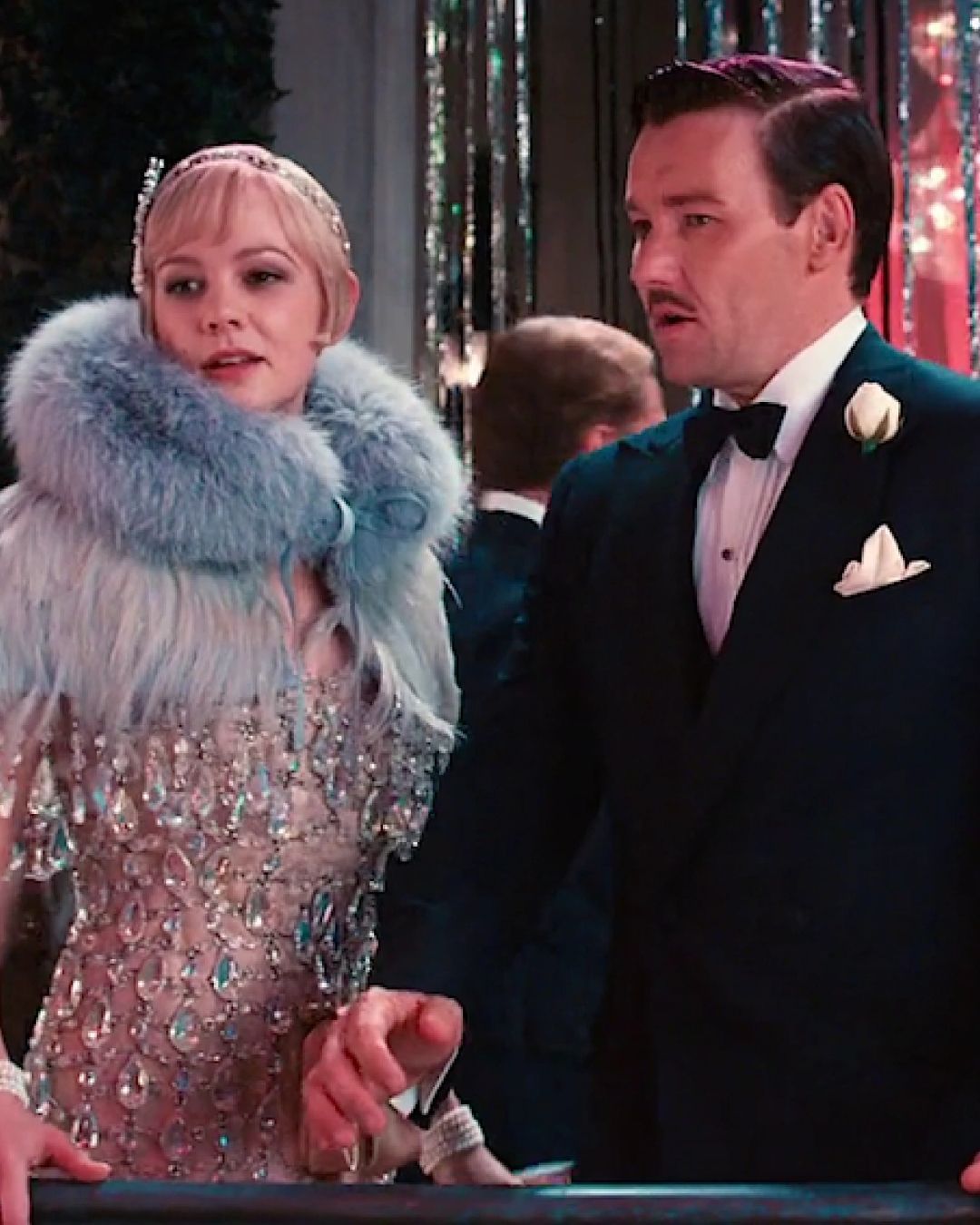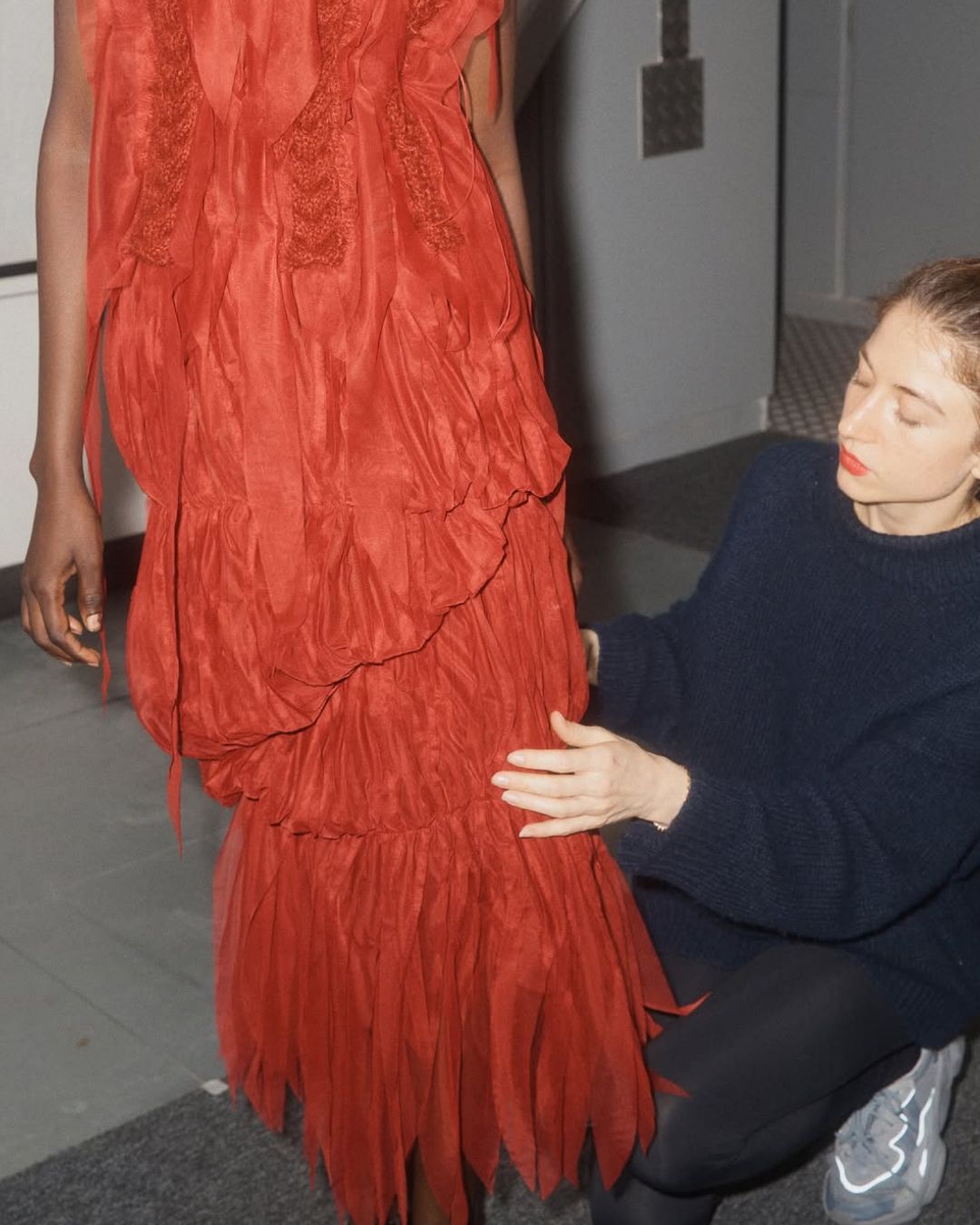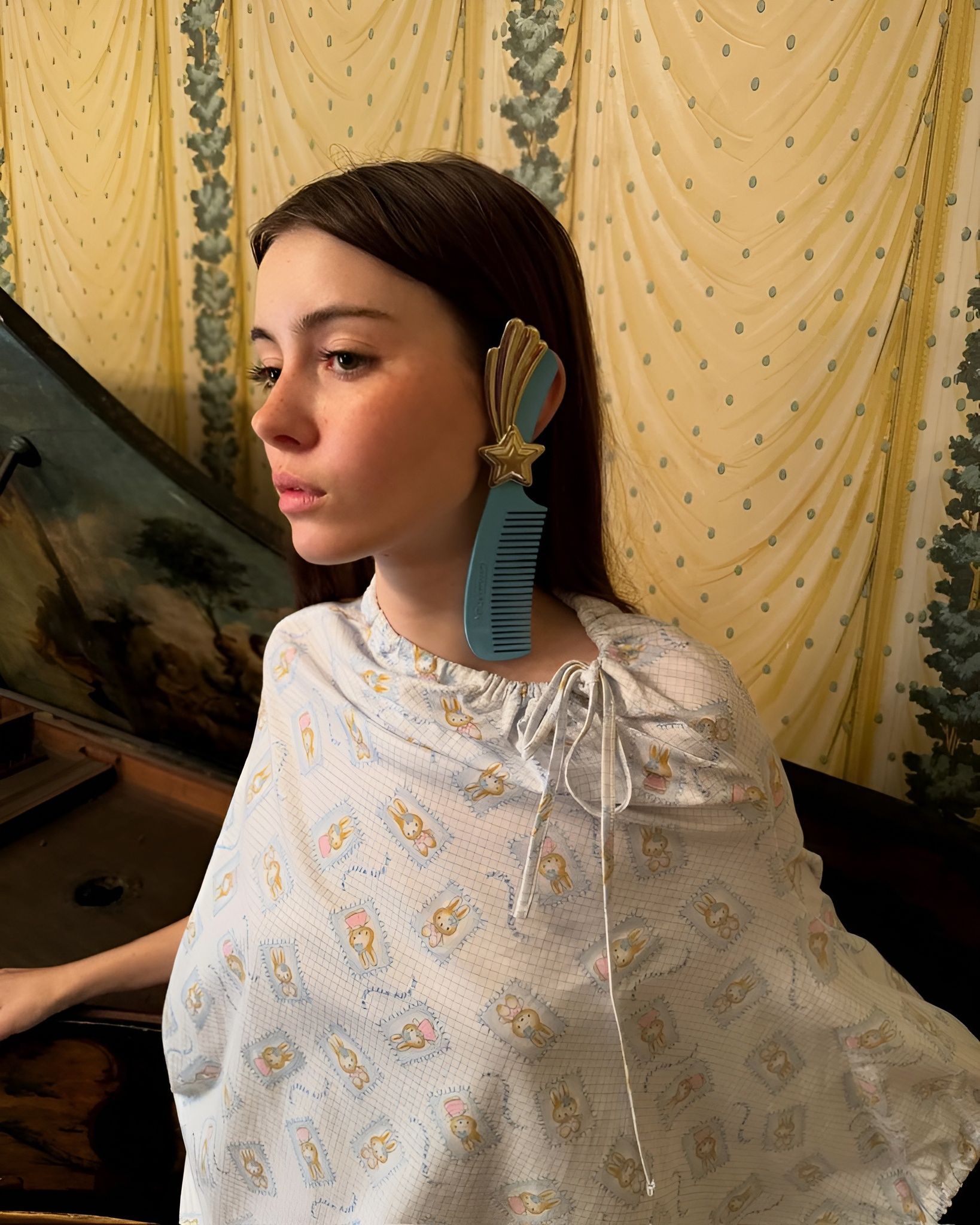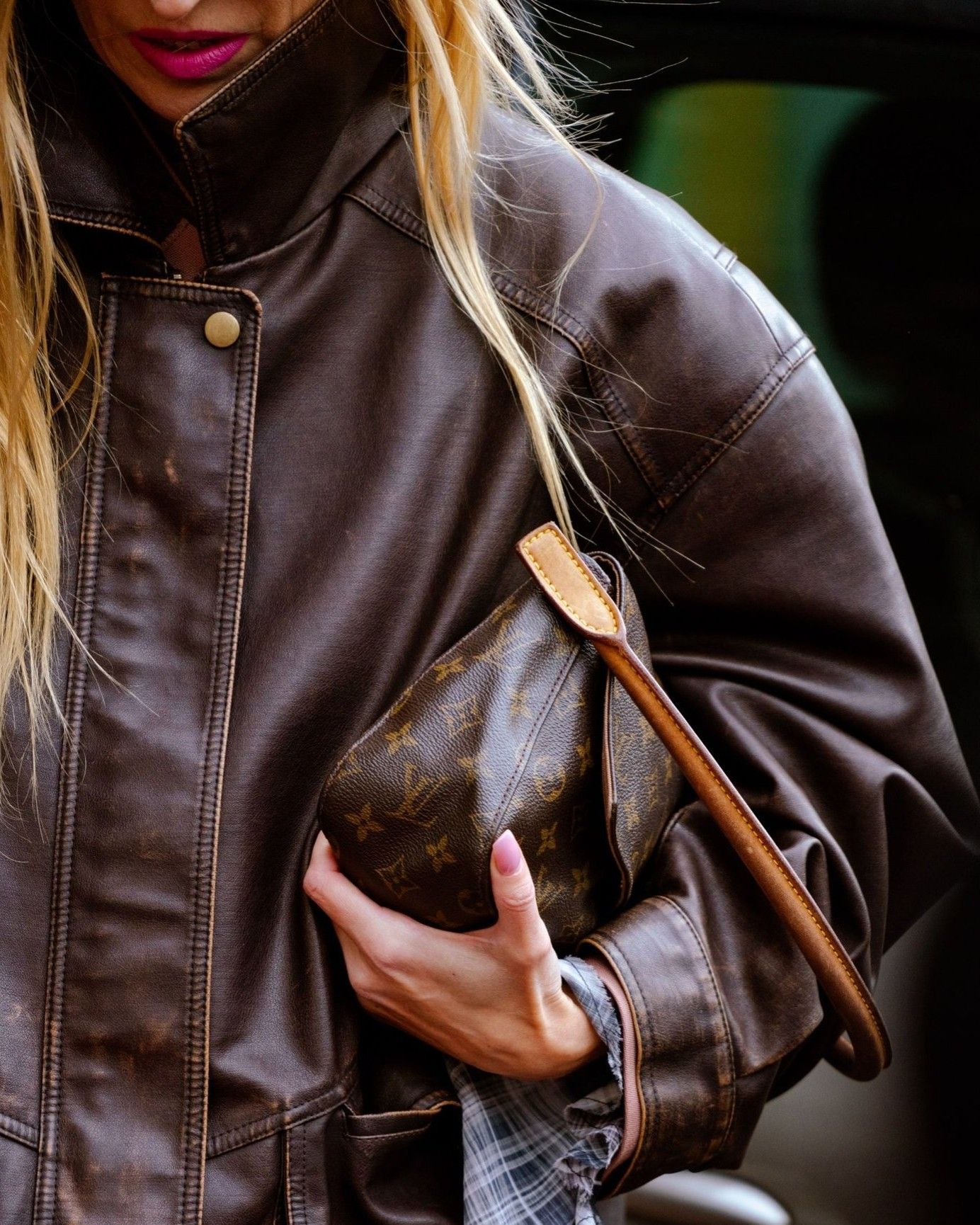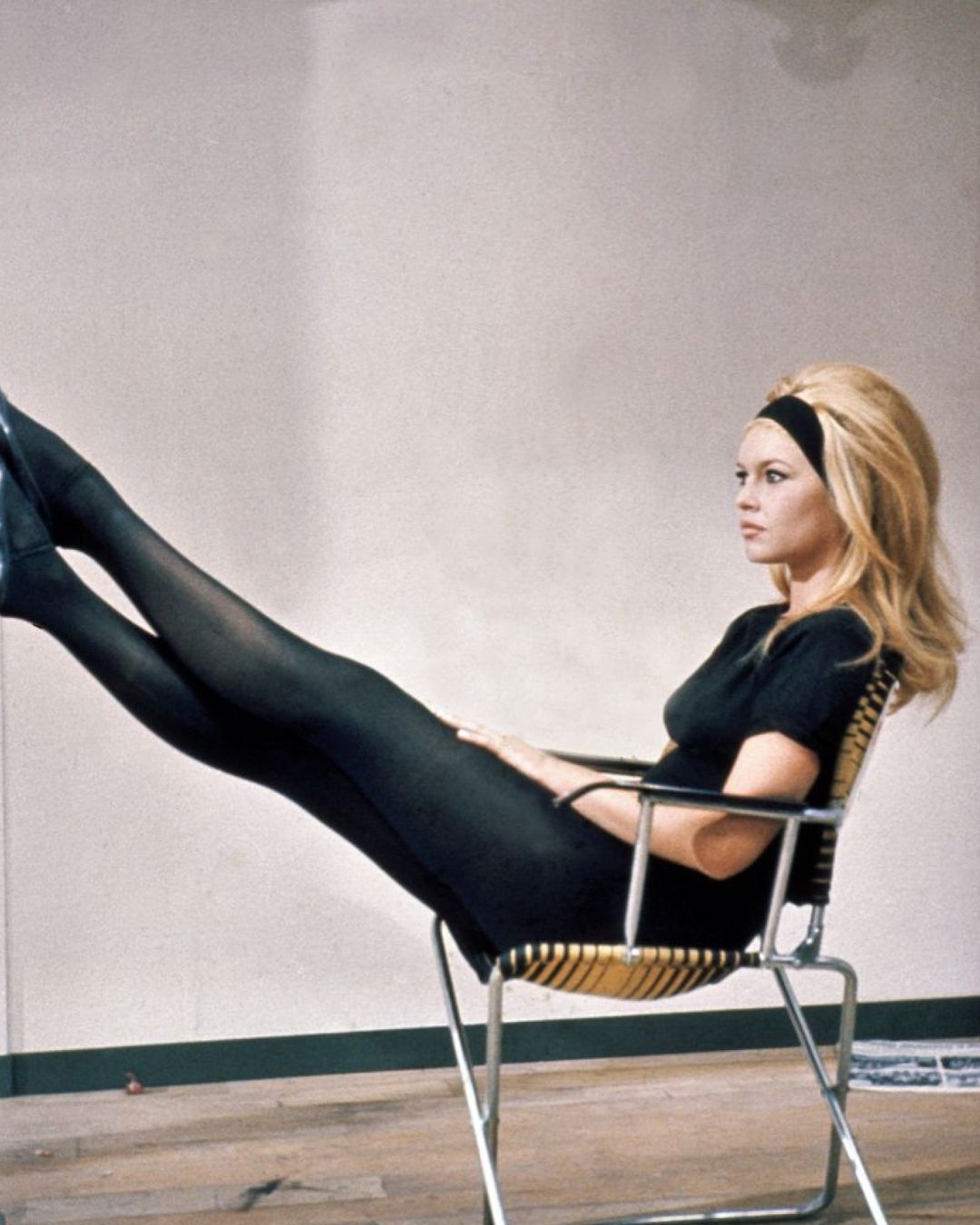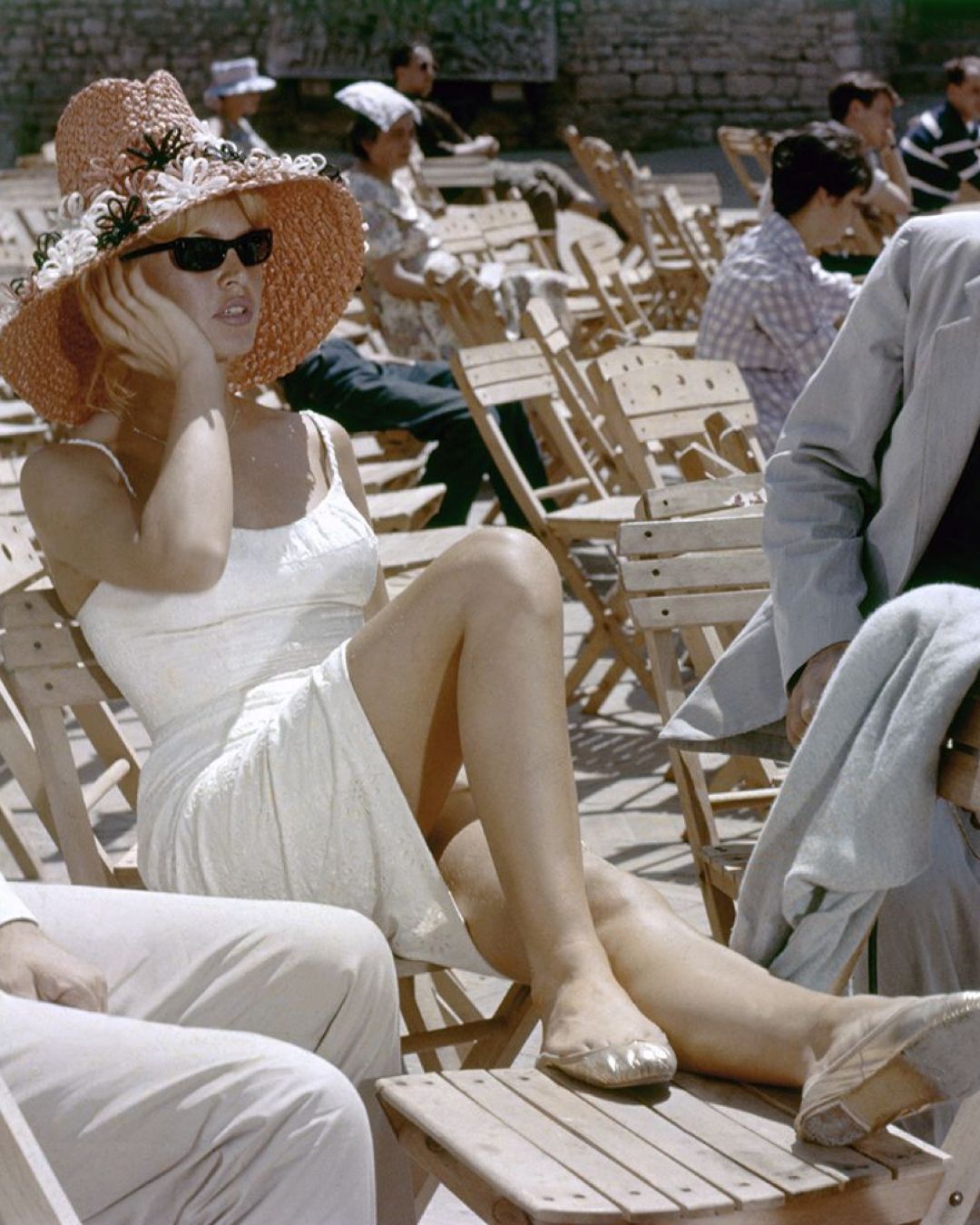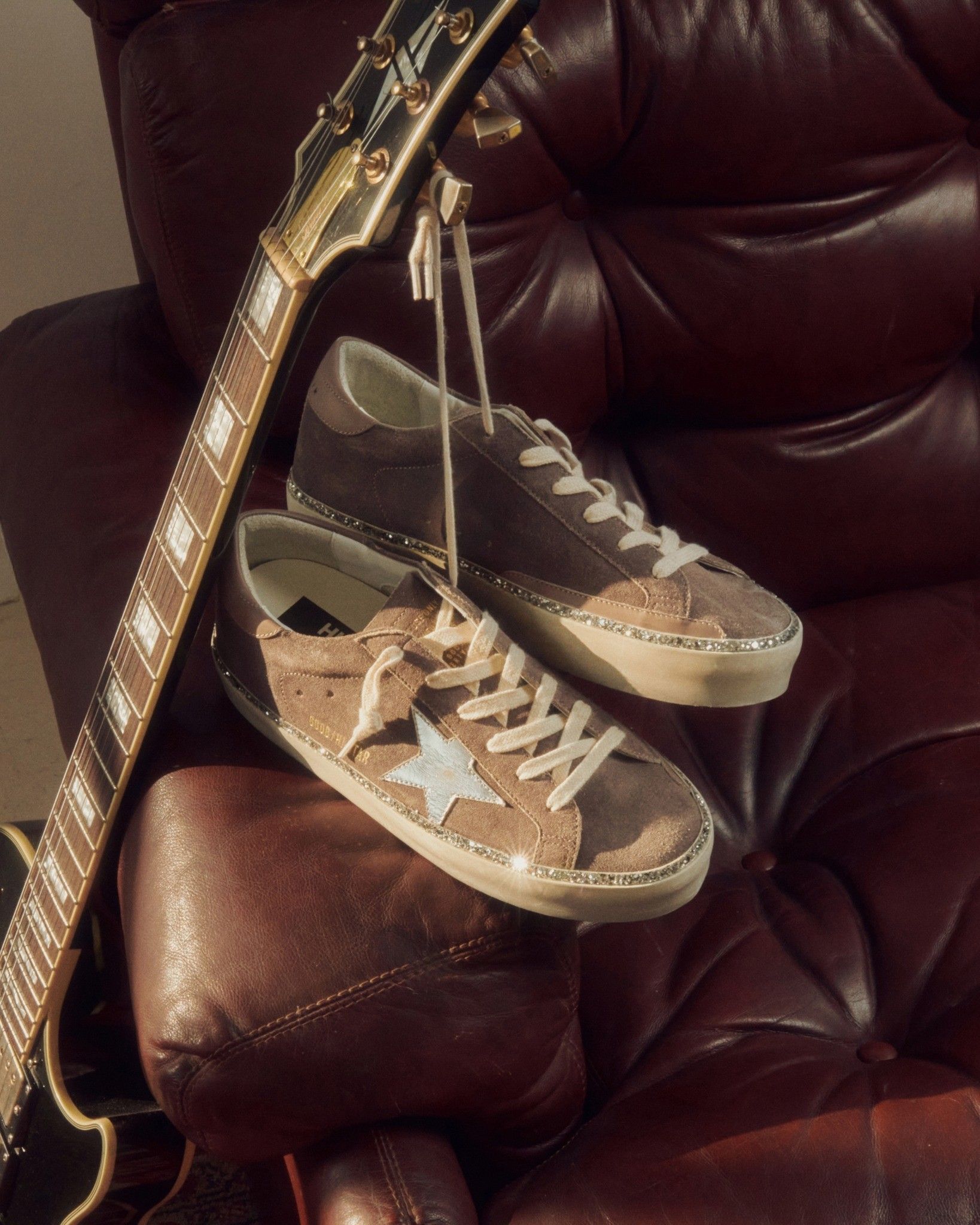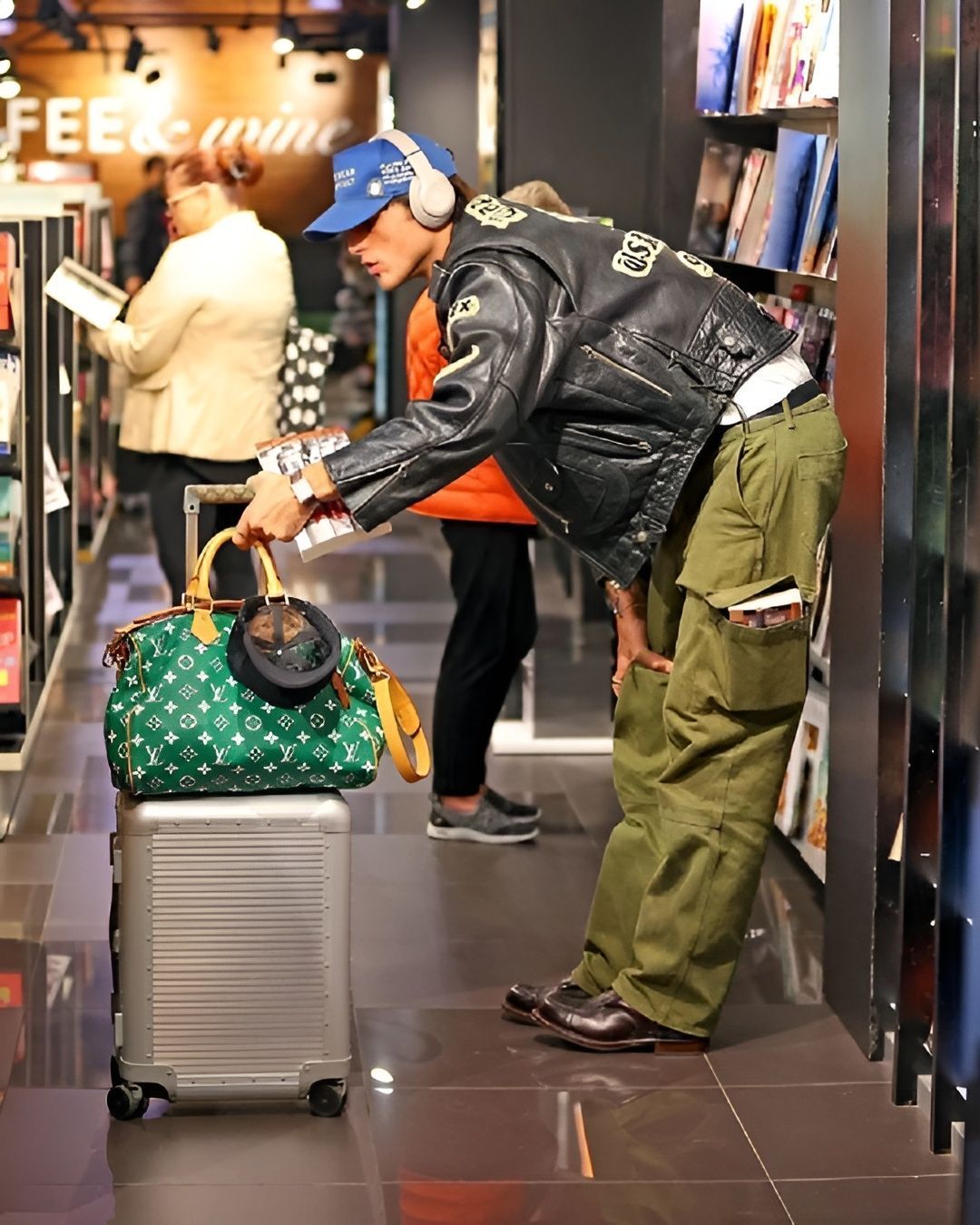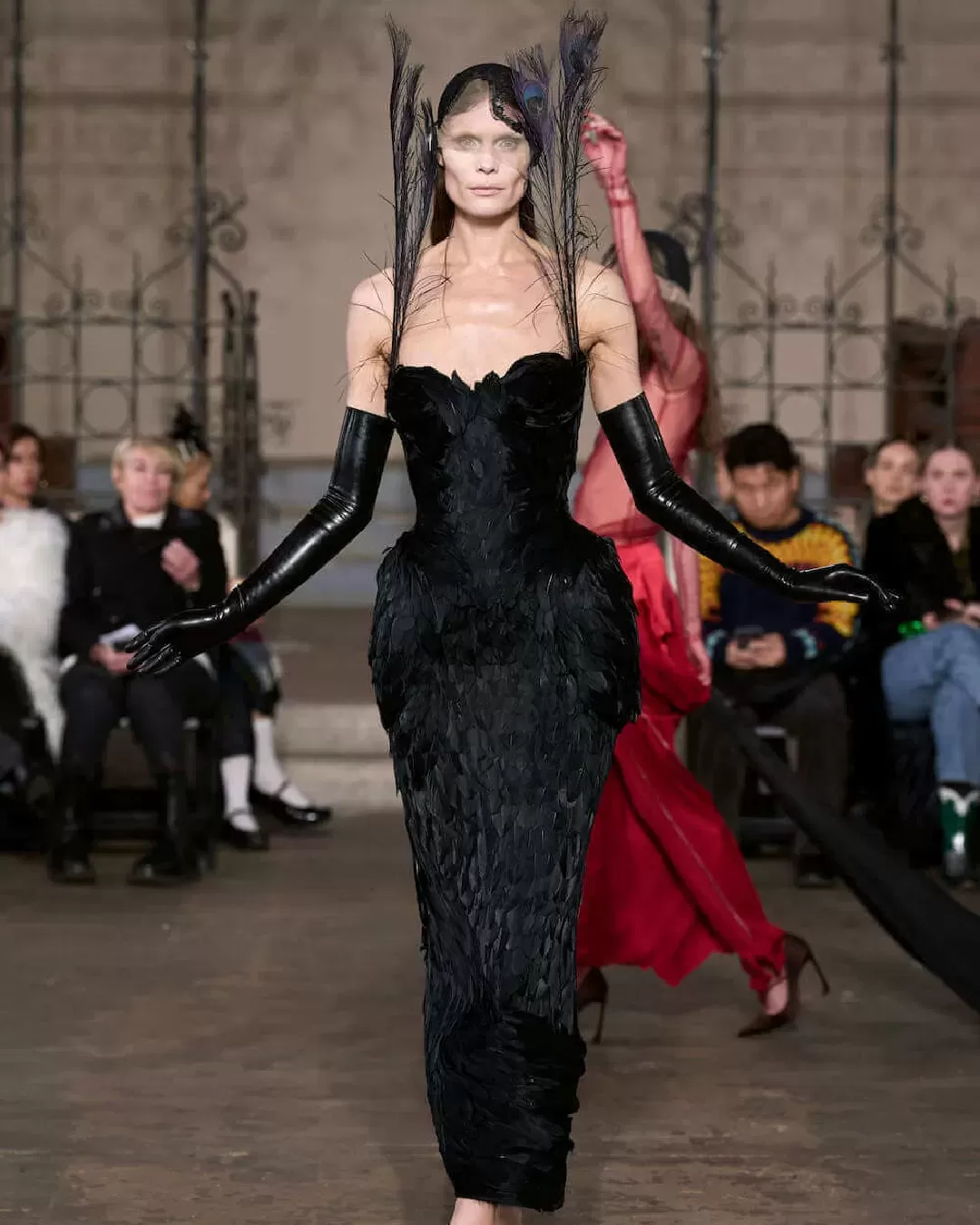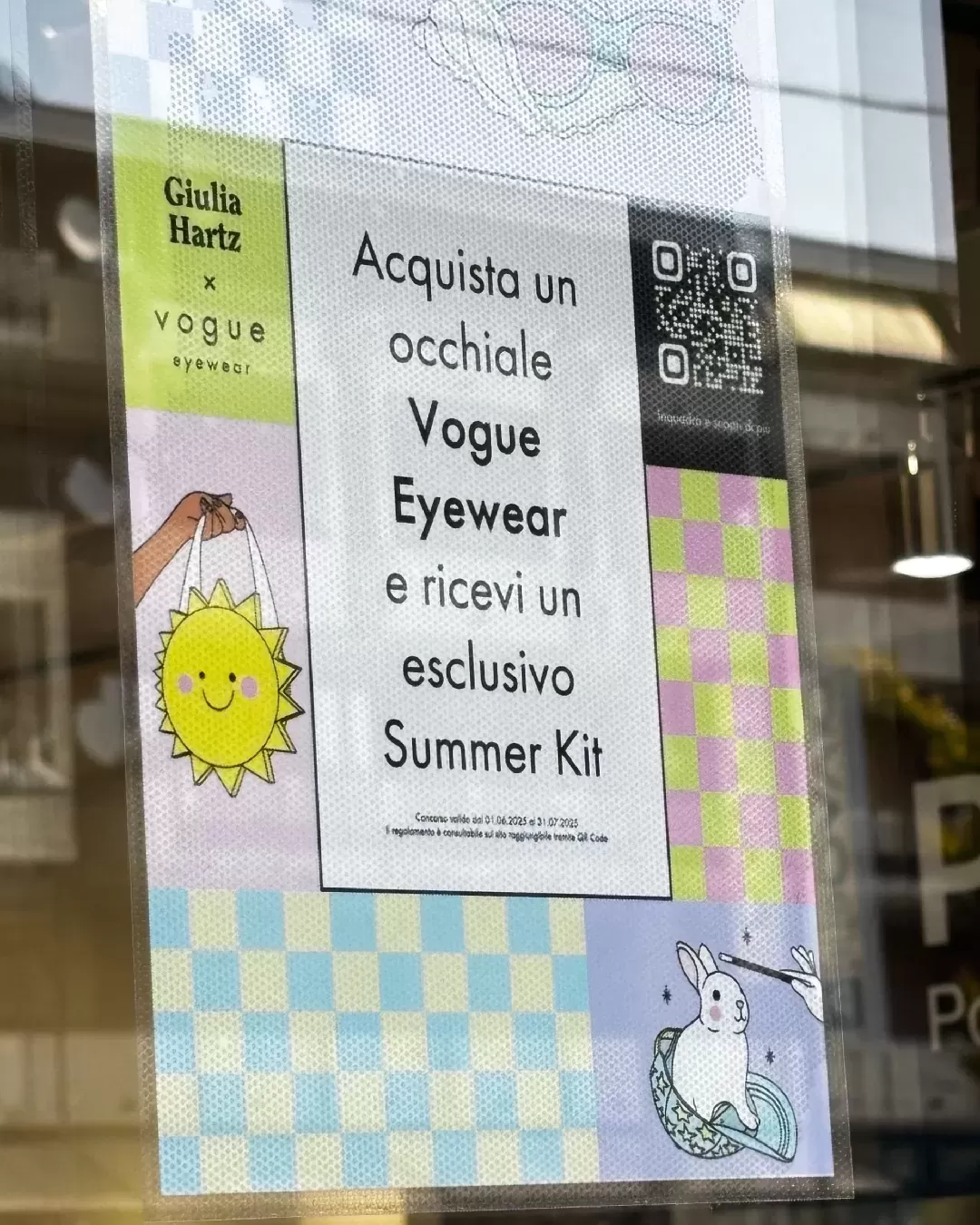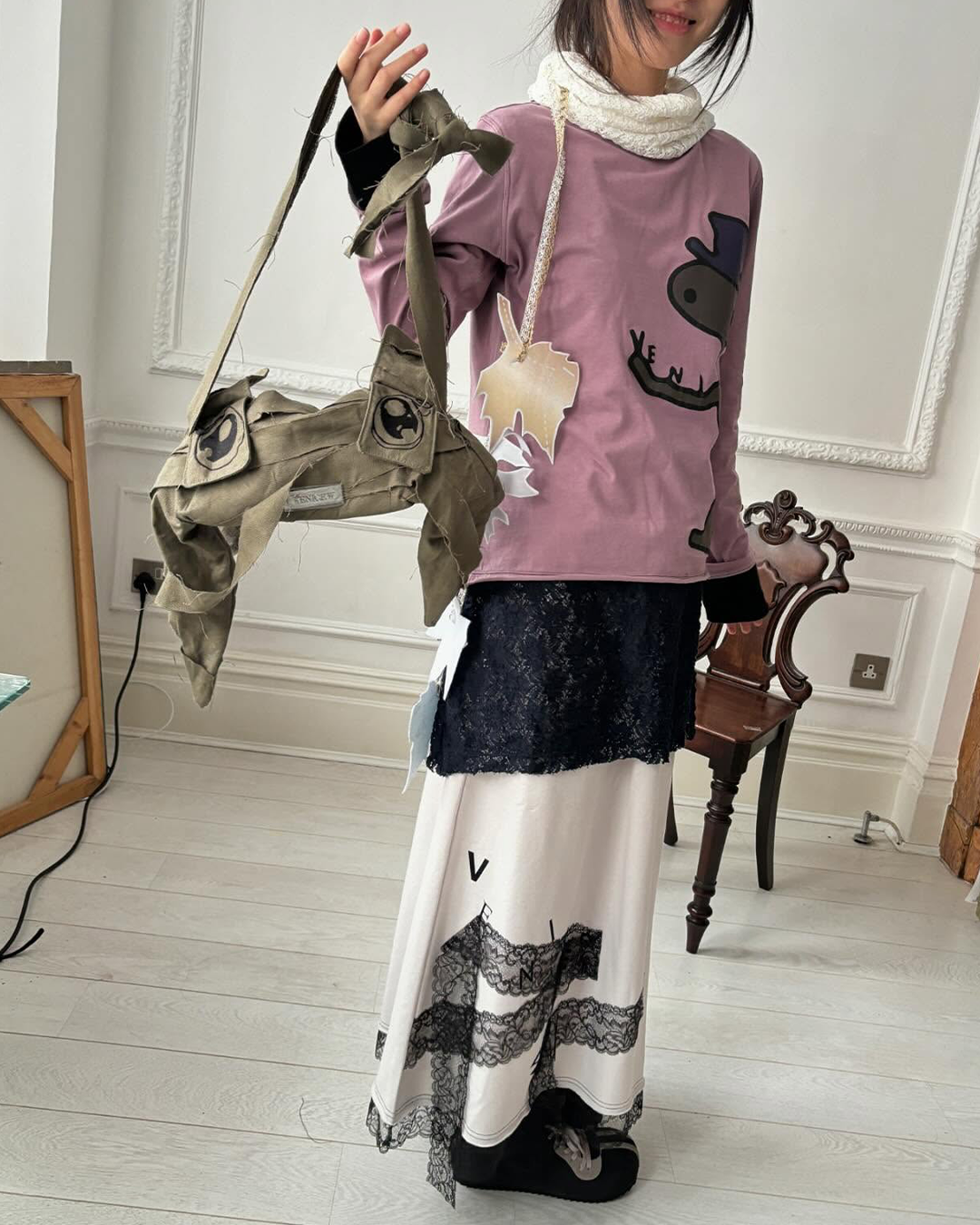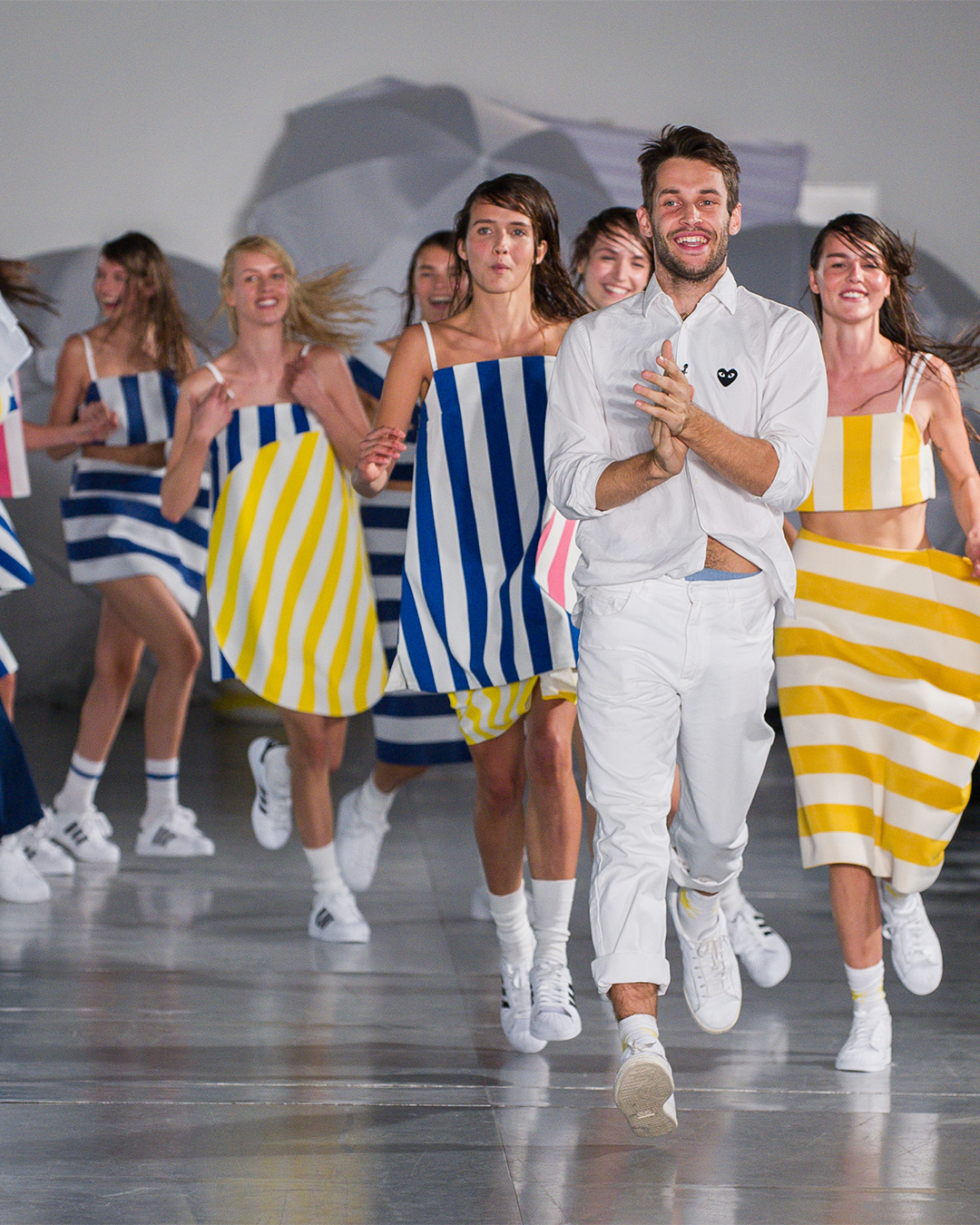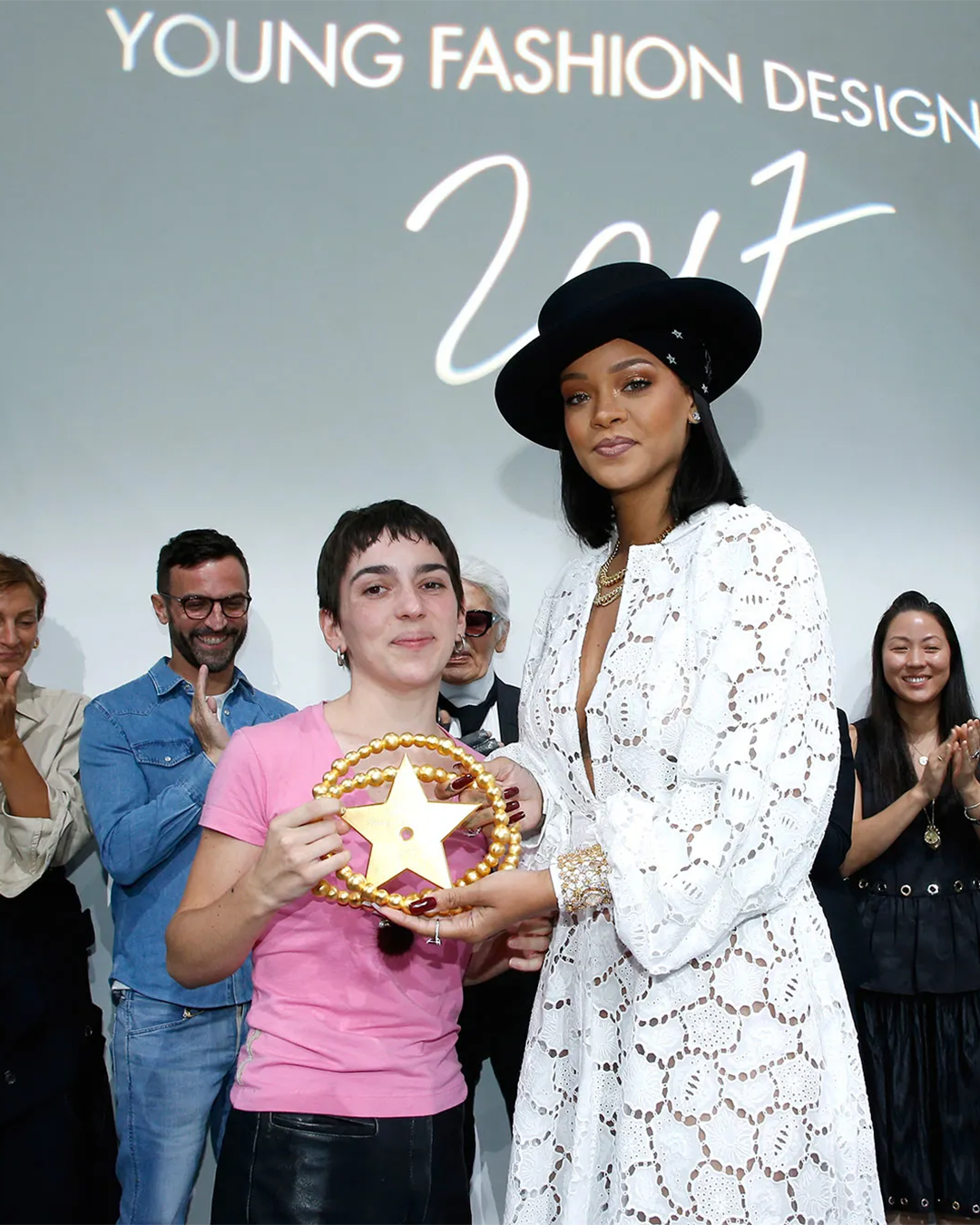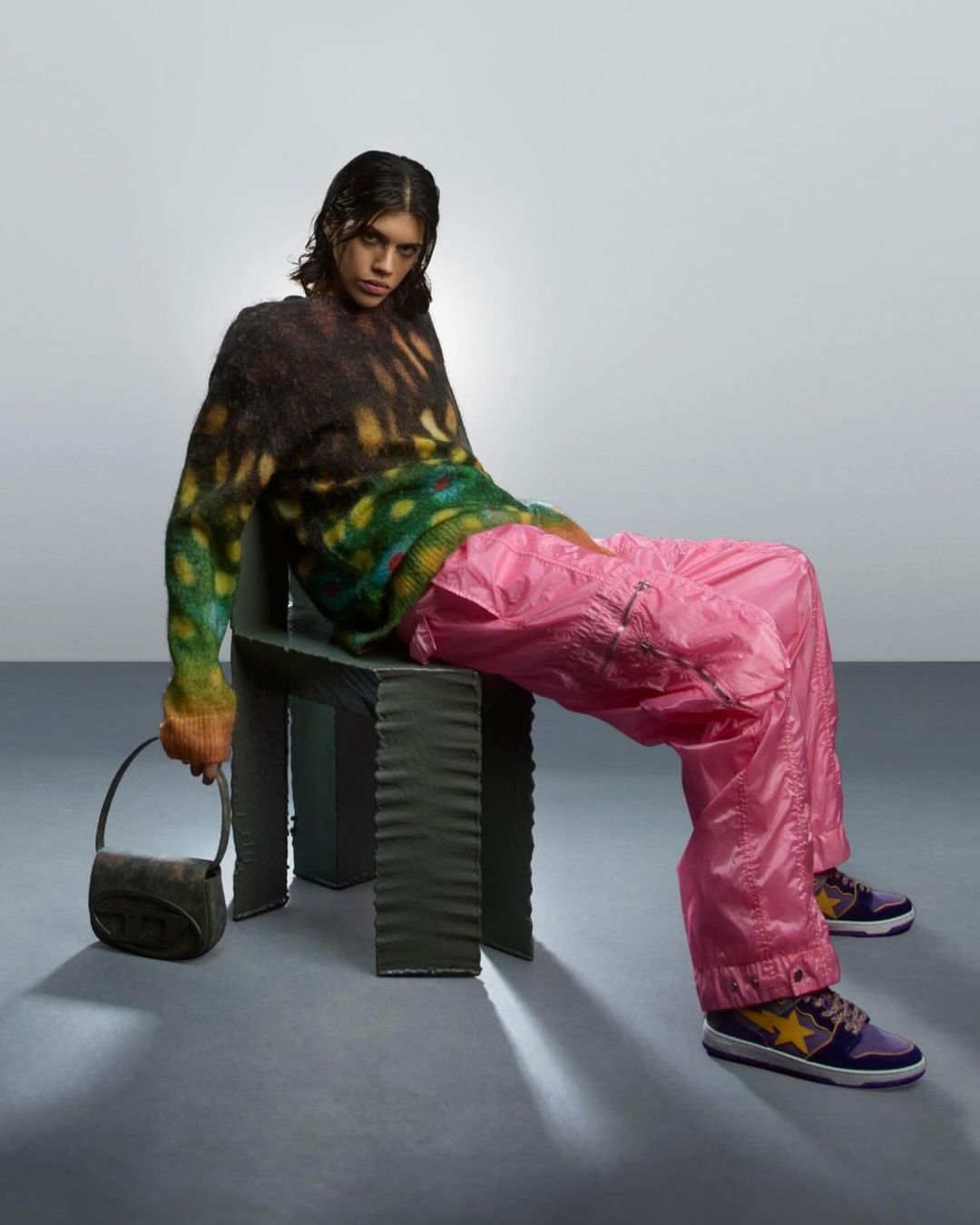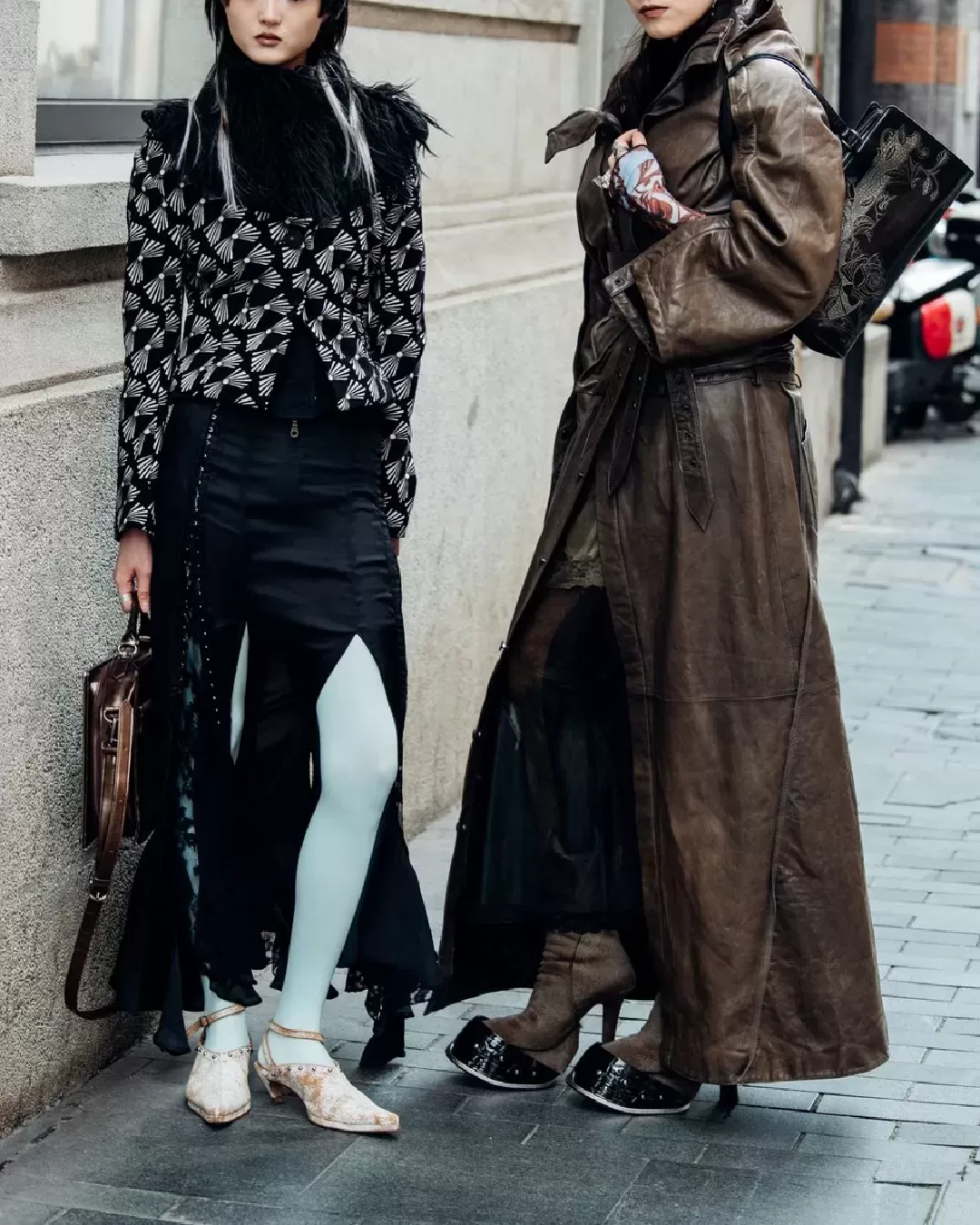
Are contests and awards for young designers really useful? Between the economic and creative fashion crisis, some doubts emerge
Fashion schools around the world continue to churn out designers who, once graduated, find themselves facing an increasingly difficult reality. Rather than being a solution, fashion awards established by major institutions could be a double-edged sword, since even the most prestigious ones raise several doubts regarding their effectiveness. While they offer visibility and cash prizes, participation requires a well-established presence in the market and a significant number of active distributors. Contests like the LVMH Prize in France, the CFDA Fashion Fund in the U.S., and the Woolmark Prize promise, after a long path made up of pre-selections and international calls, cash prizes ranging from 100 to 400 thousand euros along with media and strategic support lasting from six months to two years. In a moment when even the luxury sector faces liquidity problems, cash prizes can even be useless when awarded to newly founded brands, often made up of just one person.
If figures like 100 or 400 thousand euros might only cover a single season in the luxury fashion world (just think about the cost of organizing a runway show), for small brands that want to remain small, they could represent an important resource. However, this money could be truly useful only if competitions selected participants based on the economic sustainability of their brands, rather than their media presence. After all, for an independent and young brand, the company’s main focus should be its long-term strategy rather than fame: in a context where creativity faces great challenges, economic strategy is crucial for a company’s well-being and must be managed by a team of professionals. Therefore, such a large financial injection from external sources is not necessarily the blessing it appears to be. Furthermore, in most cases, emerging brands have small teams, sometimes made up of only two people, and the founder is forced to be both a creative and an entrepreneur at the same time.
Kiko Kostadinov, an independent designer who has made a name for himself in recent years in London, highlighted the problem years ago in an interview organized by Frieze London Talks in 2021. «I really feel, especially in London, that you're always stuck, you're always an emerging designer, you need to really get out from here to be taken a little bit more seriously. There's so many encouragements for new designers, which is great, but how many new designers can you have in the city? It's just ridiculous. You just get to a point where you're like, okay, well, what happened to the 20 before us, to the 30 after, what's going to happen to them?». It becomes evident that winning a major prize can paradoxically become a ball and chain for a young designer who, instead of learning to plan, feels compelled to immediately exhaust all their financial and creative resources. Without real structure, the risk of failure is very real — and no award can reverse the situation.
@nssmagazine Last night, we had a chat with all the finalists competing in the International Woolmark Prize, the jury members Ib Kamara and Honey Dijon, and some guests of the competition. The award is dedicated to emerging designers and brands who have made a name for themselves on the runway through sustainable and innovative use of merino wool. That’s why we asked everyone what advice they would give to young creatives. What do you think? #fashiontiktok #tiktokfashion #interview #ibkamara #prize #honeydijon #designer #creative #woolmarkprize #lgnlouisgabrielnouchi #actn1 #levante #luar #estermanas suono originale - nss magazine
Maybe it's time to rethink these contests, to put aside the obsession with instant success in favor of long-term organization. Money and networking — especially after many young designers have gone into debt to attend expensive universities — end up representing only the bare minimum to get on the fashion carousel, not a true starting point. Providing a brand with a good financial advisor specialized in creativity and a competent accountant could help far more than any monetary prize. At the same time, art and design schools should implement more courses on the less glamorous aspects of running a brand, from paying studio rent to finding the right business partner. The fear is that, despite the great support they offer, these prizes may serve more as publicity tools for big fashion corporations than real support for organic growth. Luckily, there's still time to change things.


